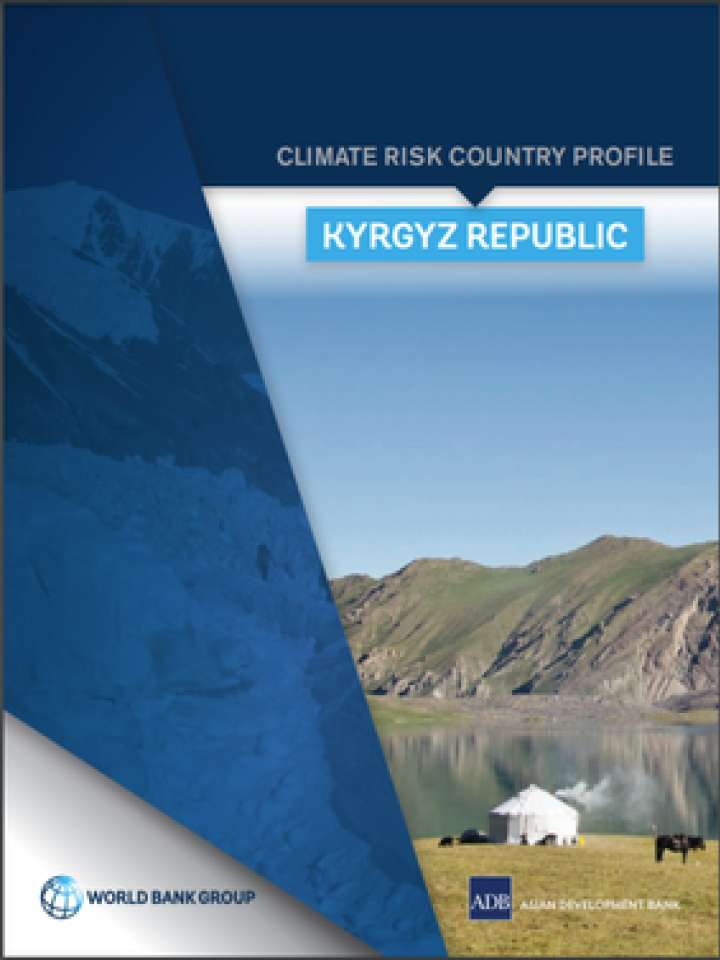Climate risk country profile: Kyrgyz Republic
This profile is intended to serve as public goods to facilitate upstream country diagnostics, policy dialogue, and strategic planning by providing comprehensive overviews of trends and projected changes in key climate parameters, sector-specific implications, relevant policies and programs, adaptation priorities and opportunities for further actions. The Kyrgyz Republic (Kyrgyzstan) is a landlocked country located in Central Asia between two major mountain systems, the Tien Shan and the Pamirs. The socio-economic context in the Kyrgyz Republic is complex. A wide variety of natural hazards also affect the Kyrgyz Republic. Climaterelated hazards are also common and diverse. These include drought, land and mudslides, flash floods, and glacier lake outburst floods (GLOFs), all of which contribute to significant levels of disaster risk.
This profile provides a number of key messages regarding the climate risk of the Kyrgyz Republic, including:
- The Kyrgyz Republic is projected to experience temperature rises significantly above the global average. Warming over the 1986–2005 baseline period could reach 5.3°C by the 2090s, under the highest emissions pathway, RCP8.5.
- Heat stress may represent a serious risk to human life during peak summer temperatures, with a high likelihood that temperatures will more regularly exceed 40°C, particularly in lowland regions such as the Fergana Valley.
- Over the long term, the water sector is projected to experience a regime shift. The loss of mountain glaciers may reduce the regularity of flows and result in the drying of some watersheds.
Explore further
